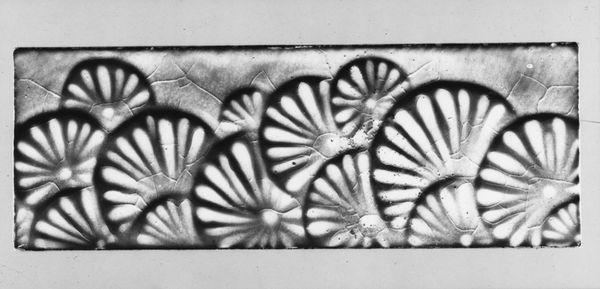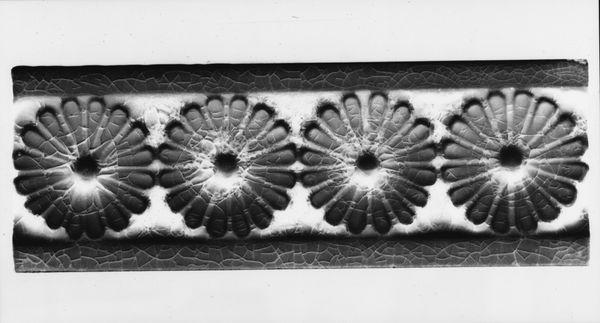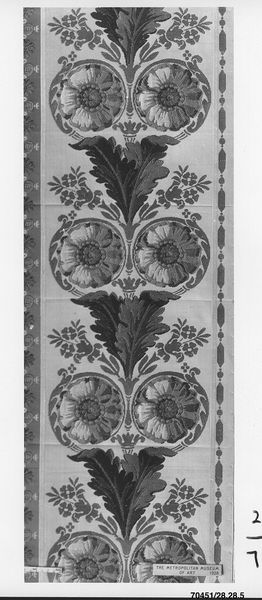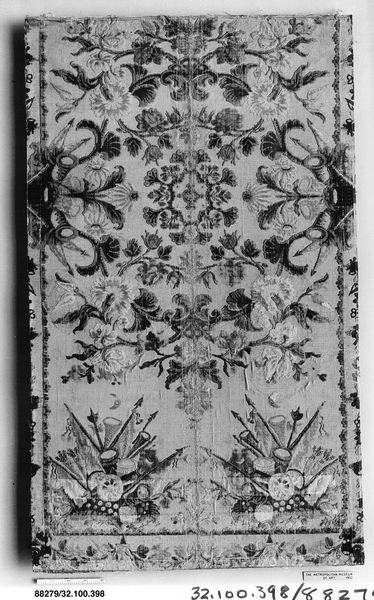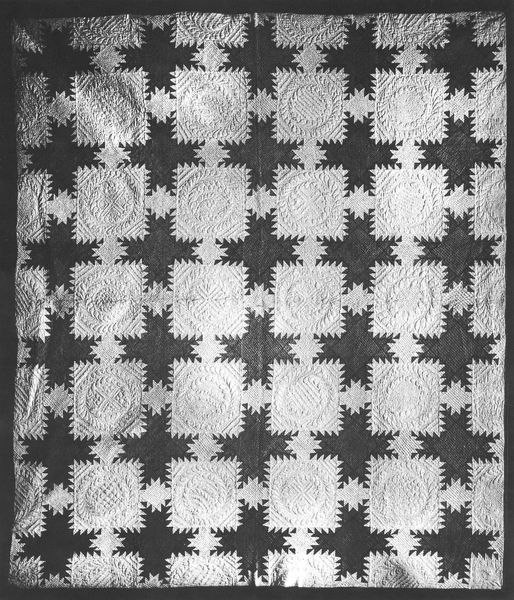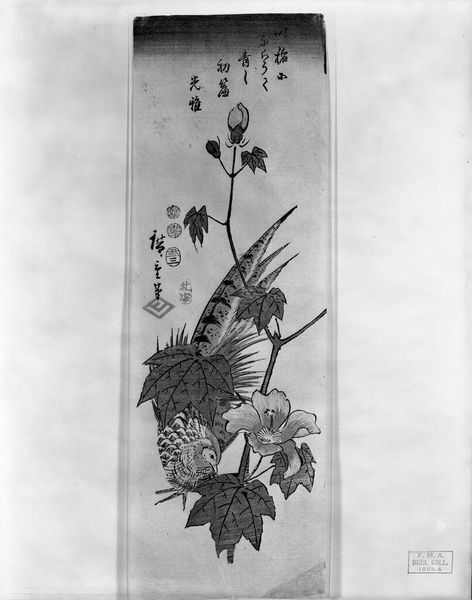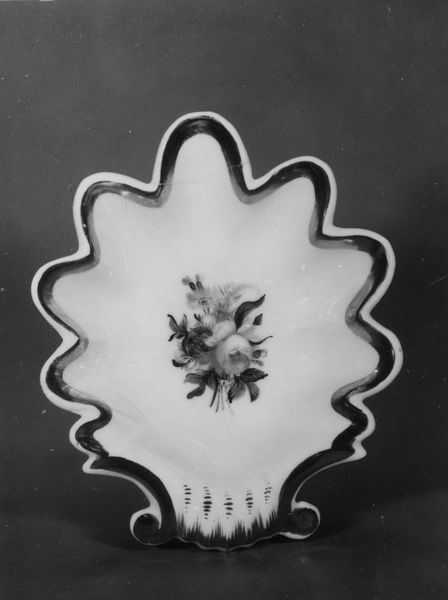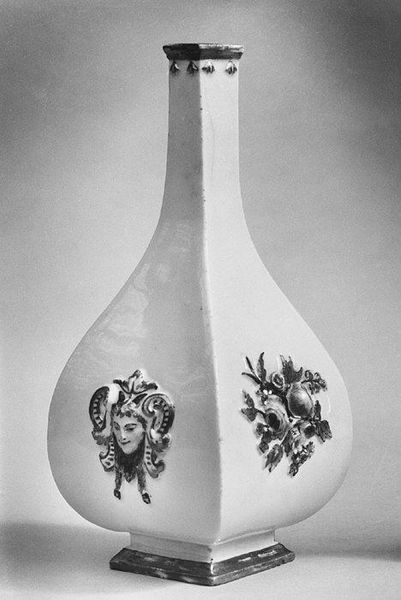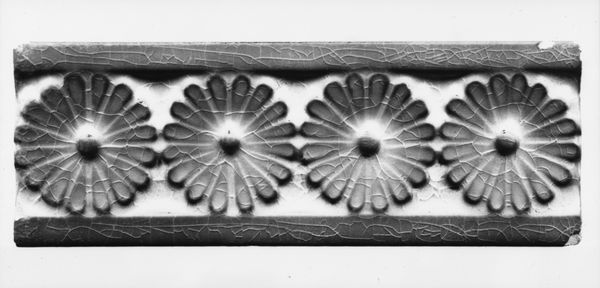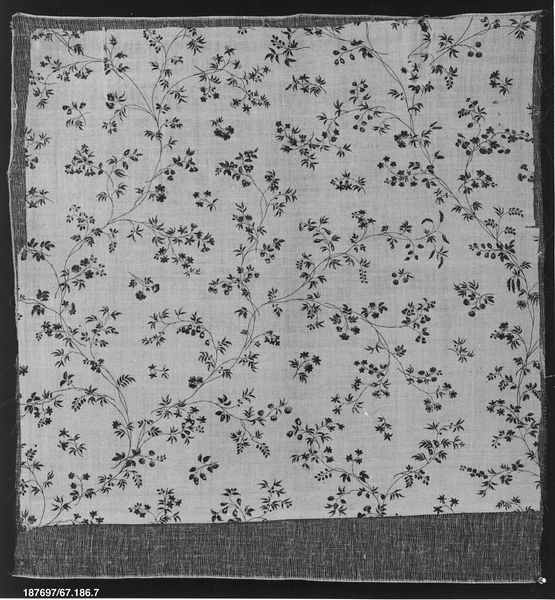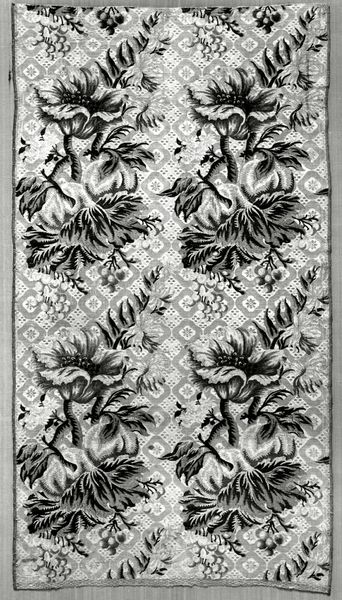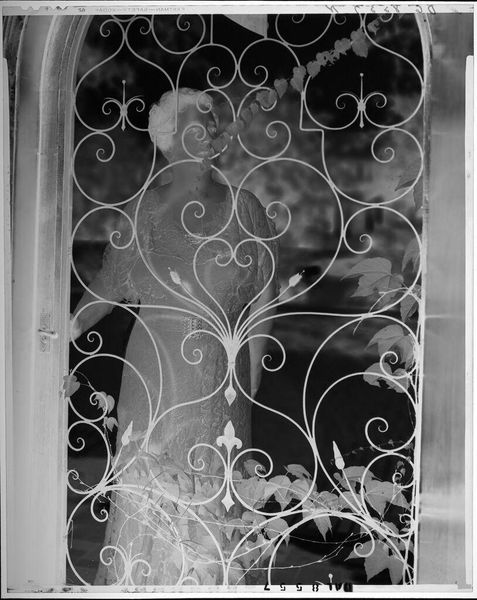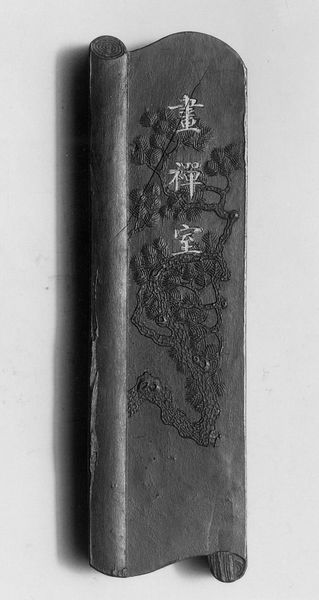
relief, ceramic
#
organic
#
arts-&-crafts-movement
#
pattern
#
relief
#
ceramic
#
geometric
#
decorative-art
Dimensions: 2 1/8 x 6 x 5/16 in. (5.4 x 15.2 x 0.8 cm)
Copyright: Public Domain
Curator: What strikes me first about this ceramic border tile is its subdued palette, the intricate craquelure effect giving it a sense of age, despite its repeating stylized foliate design. Editor: I can certainly see what you mean. Speaking of context, this tile was created by J. and J. G. Low Art Tile Works between 1882 and 1885. You can find this example residing here at the Metropolitan Museum of Art. The Low brothers played a significant role in popularizing art tiles as an affordable and decorative element in American homes during the late 19th century. Curator: Yes, its availability and mass appeal as a decorative art is important, however I see layers here. This isn’t merely about decoration. Look at how the stylized floral motifs, repeated and mirrored, almost become a heraldic pattern, suggesting a deeper connection to symbols of growth and natural abundance in the American consciousness. Editor: Ah, I see where you’re going. Are you suggesting that its place, mass-produced but individualized with handcrafted touches such as the relief details, within middle-class domestic space transformed a family's understanding of themes of success or achievement? Curator: Exactly. These mass-produced ceramic components could transform a space. Not to mention this particular stylized geometric rendition can suggest at its base architectural or even institutional values when appropriated to a different context. I think what speaks to our understanding today is how clearly it reveals the democratization of design during this time, how even the humblest of homes aspired to artistic embellishment. Editor: The imagery here is certainly potent in its simplicity and quiet power. It does remind us how we, in many ways, still aspire to carry icons that signify what we hold dear or where we wish to place ourselves socially and economically. Curator: Indeed, and understanding that aspiration through these decorative, domestic objects enriches our view on the values and social-historical contexts of everyday life. Editor: Agreed. It's easy to appreciate both the individual artistic flourishes and also the social and economic ripples such items could engender across American homes during this era.
Comments
No comments
Be the first to comment and join the conversation on the ultimate creative platform.
